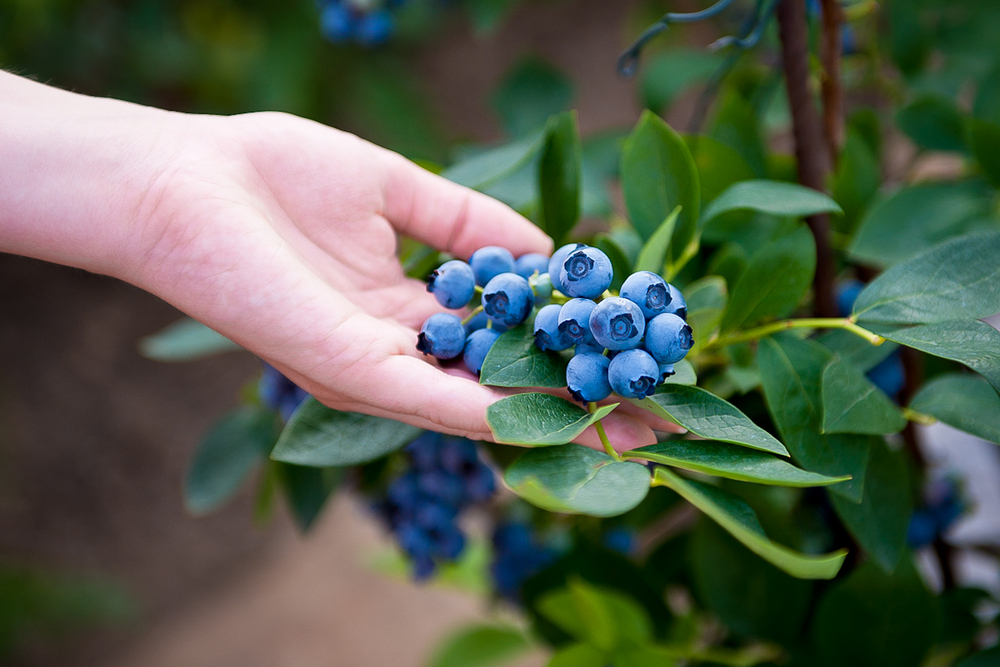
By Doug Phillips
The Blueberry Advisory System (BAS) is a weather-based alert system that signals Florida blueberry growers when environmental conditions are favorable for the development of anthracnose fruit rot (AFR). A new, updated version of the BAS was released on Jan. 31, available at http://agroclimate.org/tools/bas/.
The data for AFR risk models is collected from the Florida Automated Weather Network, which has weather stations throughout the state. The risk for AFR development is rated as low (less than 15 percent), moderate (15 to 50 percent) or high (greater than 50 percent). Growers who sign up for notifications will receive a text message when the risk is moderate or high.
This system allows growers to target their fungicide sprays to those periods when the development of infection is more likely, in many cases decreasing overall applications for the season while achieving a comparable level of disease control. Growers can also use these risk assessments to choose whether to use a less expensive fungicide (such as Captan) when disease risk is moderate, or a more expensive product that may have greater efficacy during periods of high risk. For best efficacy, fungicide applications should be made within 48 hours of the disease risk event.
Warm, wet weather, with temperatures between 59 to 81°F during periods of leaf wetness for more than 12 hours are the most favorable for development of AFR. Rainfall or overhead irrigation disperses the pathogen to healthy fruit and plants, creating additional opportunities for infection. The pathogen can also be spread by fruit-to-fruit contact, harvesting machinery and sorting equipment.
Control of this disease depends primarily on protective fungicide applications, which many blueberry growers apply using a calendar-based method. Under this method, fungicide applications are made at regular intervals during fruit development, often every 14 to 21 days, which over the course of a season can be a significant cost. In field trials on nine blueberry farms over the 2018-2019 seasons, fungicide applications following BAS were shown to provide comparable levels of AFR control in most cases (when conditions were favorable for AFR development) with fewer fungicide applications compared to existing grower practices.
Fungicides suggested for use in a rotation to control AFR include Switch (cyprodinil + fludioxonil), Captan and Omega (fluazinam). Colletotrichum gloeosporioides, the fungus that causes AFR in Florida, has shown resistance to azoxystrobin (Abound and other products) and the boscalid component in Pristine (pyraclostrobin + boscalid).
Good cultural practices can also help reduce the risk of developing AFR. These practices include periodic pruning to open the canopy to increase airflow and drying, using drip or microjet irrigation instead of overhead irrigation (or timing overhead irrigation to minimize leaf and fruit wetness duration), harvesting frequently to avoid overripe berries, and rapid cooling of fruit following harvest.
Doug Phillips is a University of Florida Institute of Food and Agricultural Sciences blueberry Extension coordinator.









